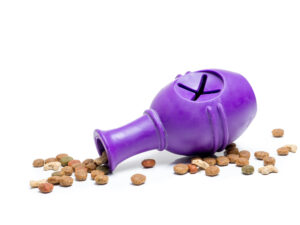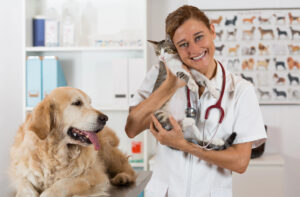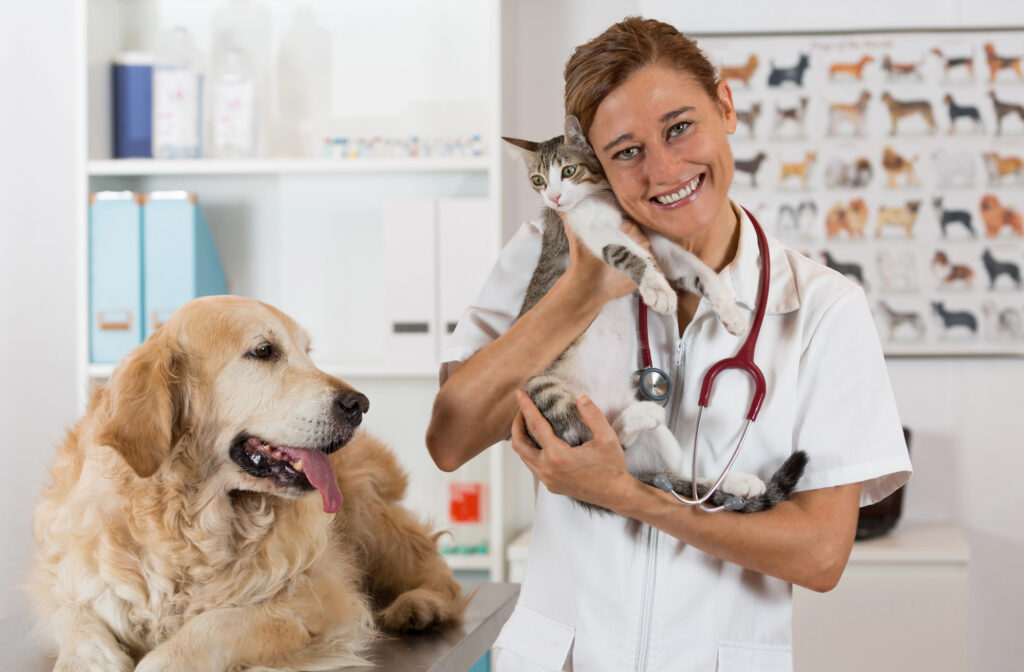
How Often Should I Take My Pet to the Vet?
Regular vet visits keep pets healthier, catch problems early, and give them the best chance at a long, happy life. How often you should go depends on your pet’s age, health, and lifestyle, but a smart schedule can make all the difference.

Boarding Clients!*Discount does not apply during holiday/peak rate periods.

Key Summary:
Healthy adult pets should have a vet check-up once a year, puppies and kittens need visits every 2 to 4 weeks until 16 weeks old, and senior pets over 7 to 8 years benefit from check-ups every six months. See a vet immediately if your pet shows sudden illness, injury, or behavior changes.
Why Regular Vet Visits Matter
Regular vet visits help prevent illness, detect problems early, update vaccinations, and keep your pet’s overall health on track.
A check-up is more than just a quick exam. It’s your pet’s yearly (or twice-yearly) chance to get a full health review from nose to tail. Here’s why these visits matter:
Early detection saves lives: Many conditions, like heart disease or cancer, are easier to treat when caught early.
Preventive care protects health: Vaccinations, parasite control, and dental checks stop problems before they start.
Weight and nutrition monitoring: Small changes in diet can prevent obesity-related illnesses.
Dental health maintenance: Regular mouth checks reduce the risk of gum disease and tooth loss.
Building familiarity: Routine visits help pets feel more comfortable with the vet over time.
How Often to Take Your Pet to the Vet by Life Stage
Puppies and kittens should visit every 2 to 4 weeks until they are 16 weeks old. Healthy adult pets should see the vet once a year. Senior pets, usually over 7 to 8 years old, should go every six months.
How often your pet needs to see the vet changes as they grow. Here’s what to expect at each stage:
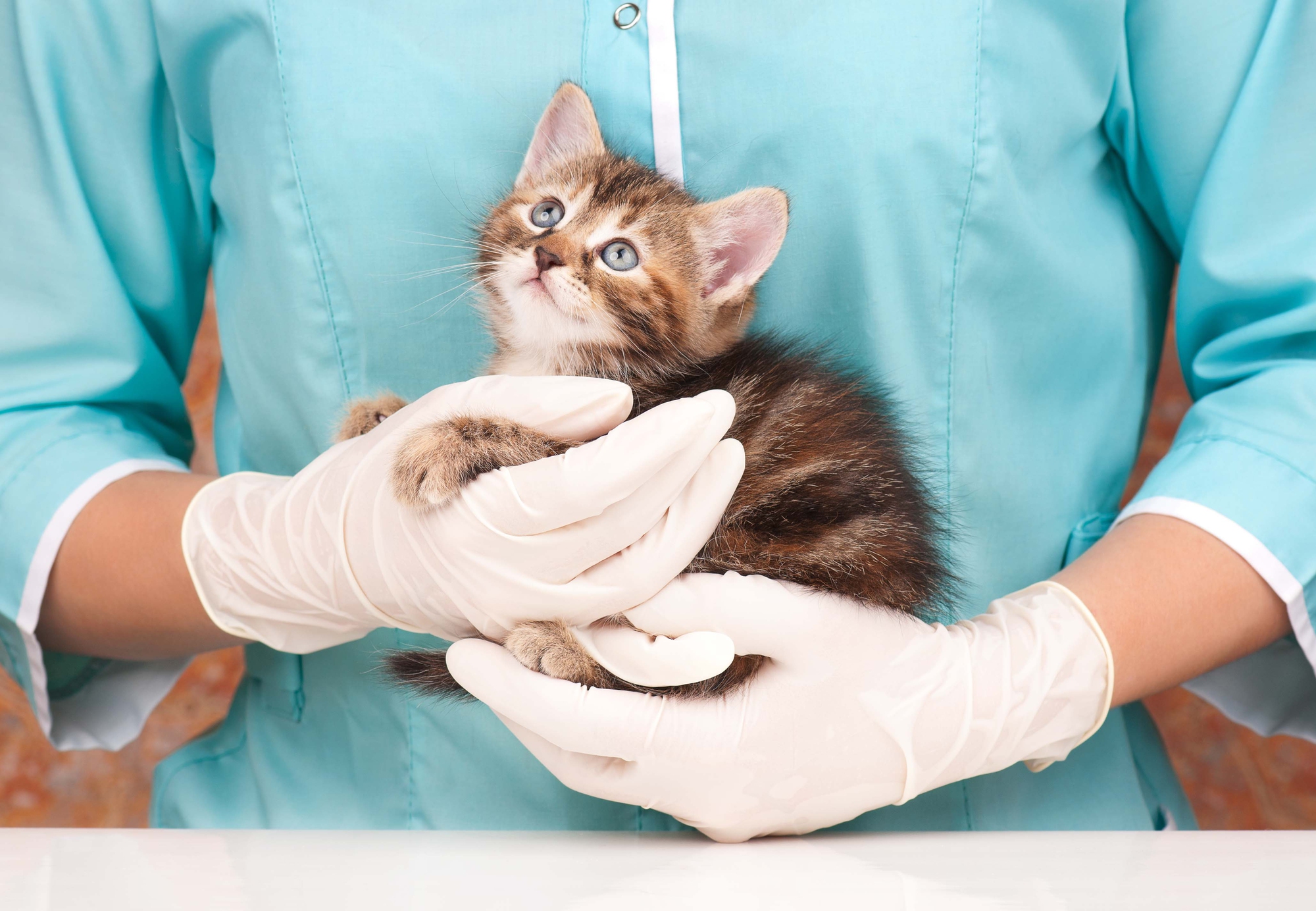
Puppies and Kittens
Puppies and kittens should visit the vet every 2 to 4 weeks until they are about 16 weeks old.
Young pets grow rapidly, and frequent visits make sure they get essential vaccines, parasite protection, and close monitoring for healthy development. Early visits also help them get comfortable with the clinic, reducing stress in the future.
During these early months, your vet will focus on:
- Core and optional lifestyle vaccinations
- Deworming and parasite prevention
- Monitoring weight and body condition
- Checking for congenital or developmental issues
- Guidance on nutrition, behavior, and training
Healthy Adult Pets
Healthy adult pets should see the vet once a year for a wellness check-up.
Even if your pet seems fine, annual exams can uncover early signs of illness that may not be obvious at home. Staying on top of preventive care helps avoid bigger health issues later.
At these yearly visits, your vet will usually:
- Update vaccinations and boosters
- Review parasite prevention
- Check dental health and recommend cleanings if needed
- Monitor weight and diet
- Run basic lab tests or fecal exams if indicated
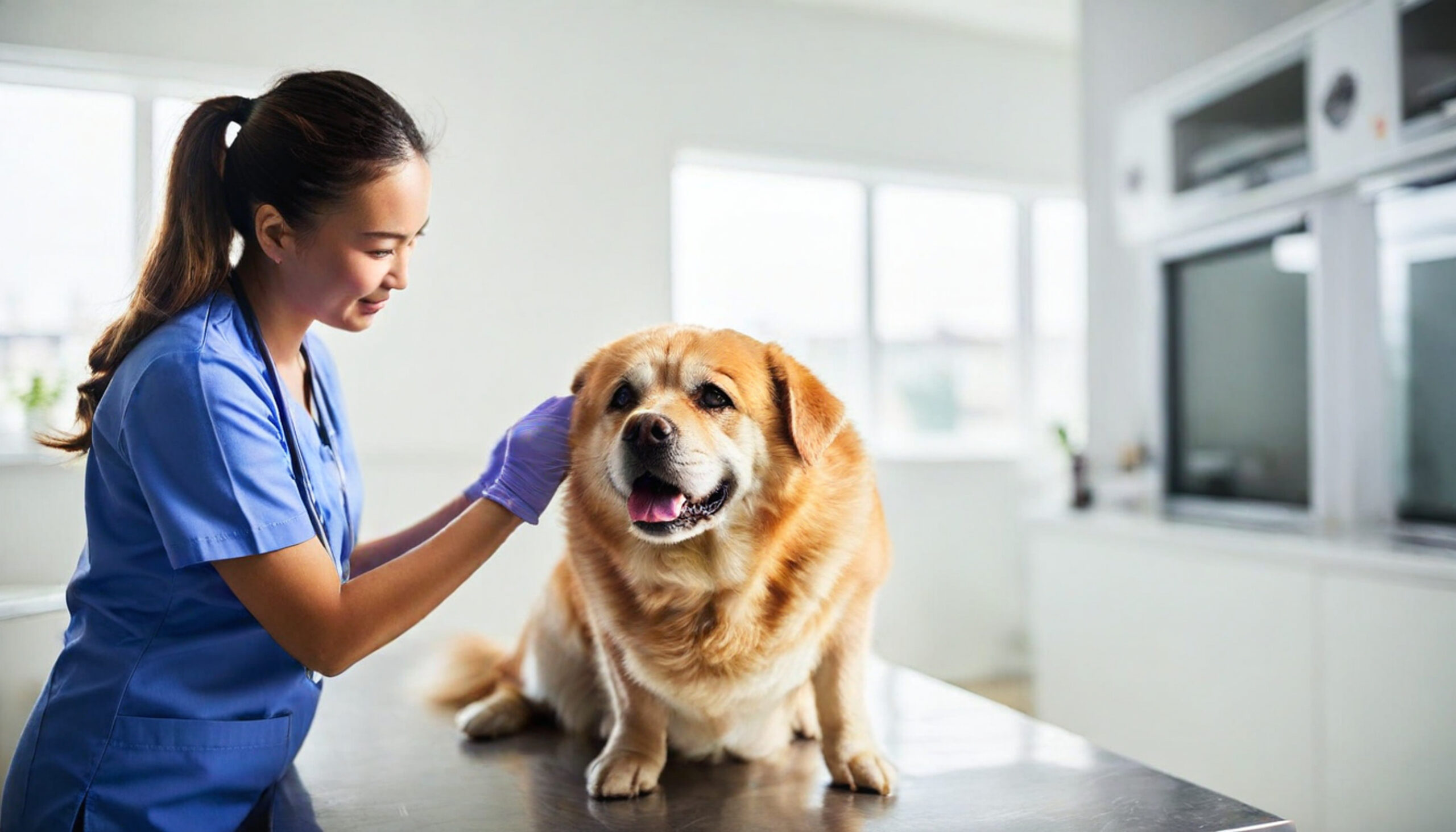
Senior Pets
Senior pets should visit the vet every six months, or more often if they have ongoing health conditions.
Older pets are more likely to develop chronic issues like arthritis, heart disease, or kidney problems. More frequent check-ups mean these can be caught and treated early, keeping your pet comfortable and active longer.
- A typical senior pet visit may include:
- Full physical exam with mobility and arthritis checks
- Bloodwork to assess kidney, liver, and thyroid health
- Heart and lung evaluations
- Dental check and treatment plan
- Screening for lumps, cancer, or other age-related diseases
- Recommendations for diet, supplements, or pain management
When to See the Vet Immediately
If your pet shows sudden changes in health or behavior, don’t wait for the next scheduled check-up; contact your vet right away.
Some situations that require urgent care include:
- Persistent vomiting or diarrhea lasting more than 24 hours
- Difficulty breathing, excessive coughing, or wheezing
- Seizures or sudden collapse
- Refusing to eat or drink for more than a day
- Sudden swelling, bleeding, or signs of severe pain
- Accidents, injuries, or suspected poisoning
- Struggling to urinate or pass stool
Factors That Affect Visit Frequency
Visit frequency depends on your pet’s age, breed, overall health, and lifestyle. Pets with chronic conditions or higher risk factors may need more frequent check-ups.
While age is the biggest driver of how often you see the vet, other factors matter too.
Some breeds are prone to specific health issues, like large dogs developing joint problems earlier, or flat-faced breeds being at higher risk for breathing issues.
Your pet’s lifestyle also plays a role. Outdoor cats, working dogs, and pets that travel or visit boarding facilities may need more frequent preventive care due to higher exposure risks.
If your pet already has a medical condition like diabetes, allergies, or heart disease, your vet may recommend additional visits to monitor their health closely.
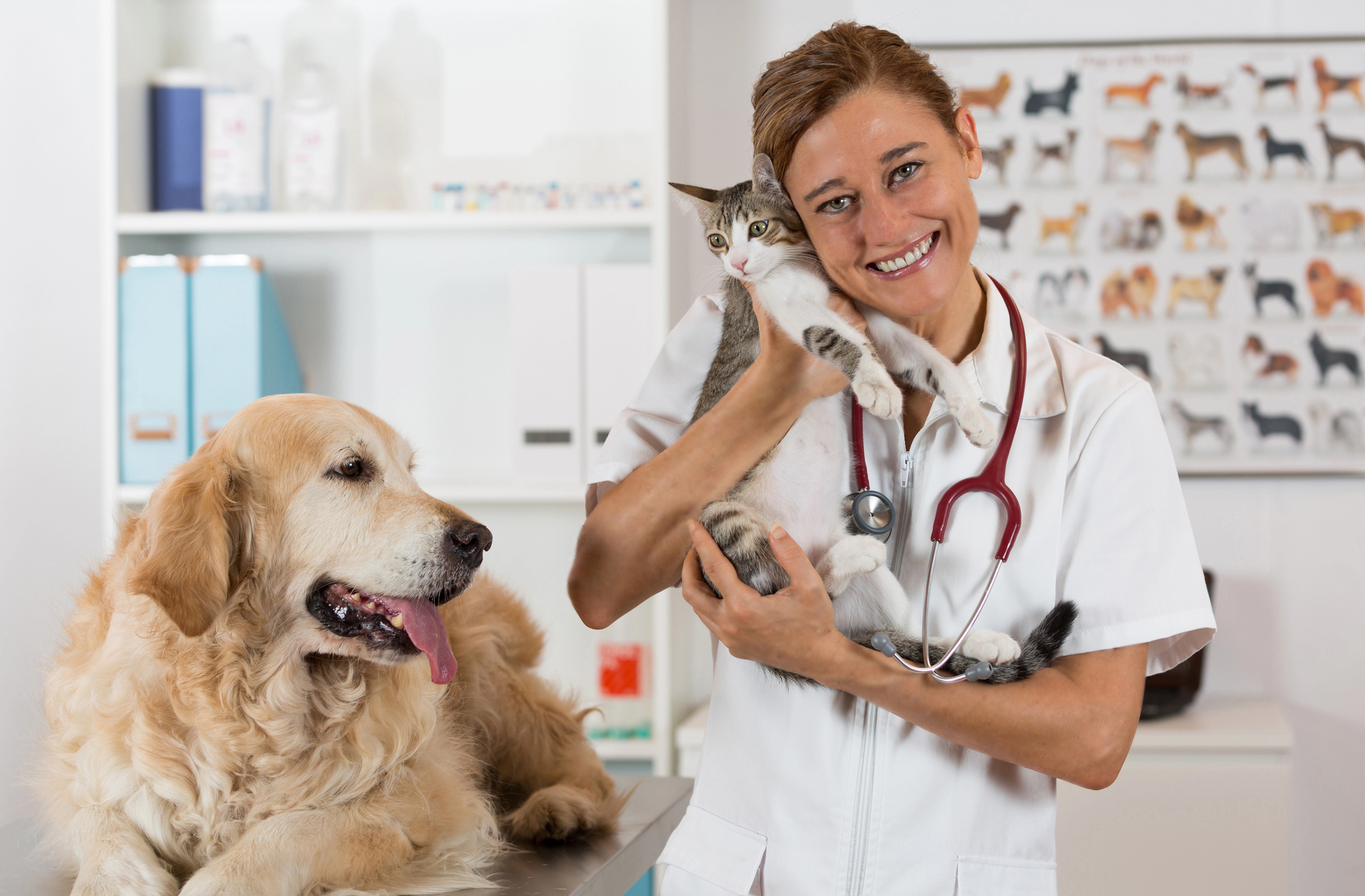
How to Prepare for Your Vet Visit
A little preparation can help your appointment go smoothly and make sure nothing important gets missed.
Bring or prepare:
- Your pet’s medical and vaccination records
- A list of any symptoms, changes, or concerns
- Details on diet, medications, and supplements
- Recent behavior or activity changes
- Stool, urine, or other samples if requested
- Comfort items for anxious pets, like a blanket or a favorite toy
Conclusion
Taking your pet to the vet regularly is one of the best ways to keep them healthy and happy.
Puppies and kittens benefit from frequent visits to support growth, adults need annual wellness exams, and seniors should be seen every six months.
Urgent issues should never wait until the next scheduled visit.
By understanding your pet’s needs, preparing for appointments, and working closely with your veterinarian, you can catch problems early, prevent illness, and give your pet the best quality of life possible.







